In 2024, the realm of consumer electronics will be more interconnected and power-dependent than ever, making the selection of appropriate power cables a cornerstone of technological efficiency and safety. As devices evolve with increasing sophistication, the humble power cable steps into a pivotal role, bridging the gap between advanced electronics and their energy sources. The choice of the right power cable, often overlooked, is critical in ensuring not only the operational effectiveness of devices but also in safeguarding against potential electrical hazards. With a market burgeoning with diverse options, from standard cords to specialized audio and all-weather cables, understanding and choosing the right power cable becomes an indispensable skill. This blog post delves into the nuances of selecting power cables in 2024, a decision that resonates with the reliability and longevity of our ever-growing electronic environment.
Table of Contents:
1. Market overview
2. Things to consider when selecting products
3. Best products and their features
1. Market overview
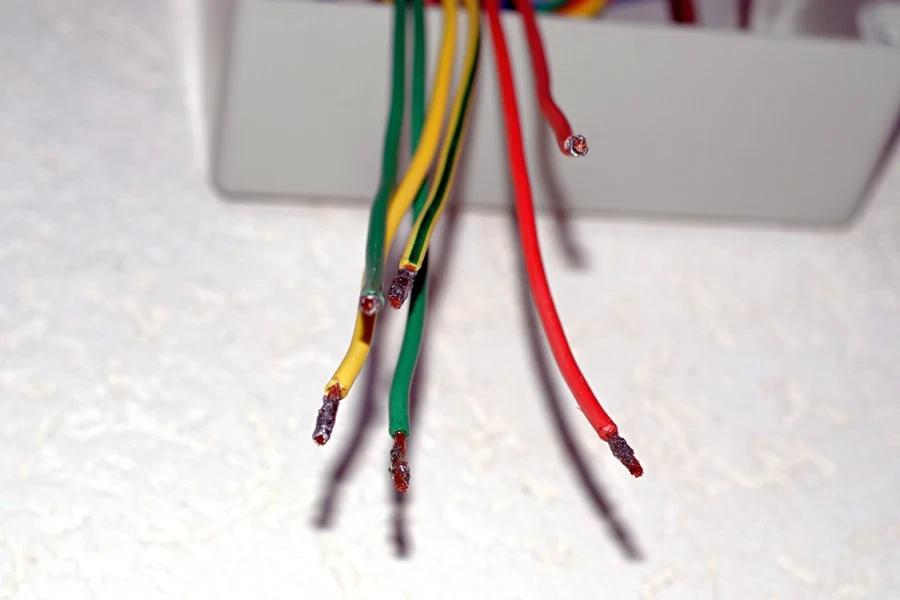
The global power cable market is poised for significant growth in the coming years. According to Expert Market Research, the market size was valued at USD 138.96 billion in 2023. This figure reflects the substantial role power cables play across various industries worldwide. The market is anticipated to expand further, growing at a Compound Annual Growth Rate (CAGR) of 6.4% between 2024 and 2032. This growth trajectory points to an increasingly robust demand for power cables, driven by advancements in technology and infrastructure development.
Looking forward, the IMARC Group expects the power cable market to reach a valuation of approximately USD 284.1 billion by 2032, with a CAGR of 5.2% during the 2024-2032 period. This forecast underscores the dynamic nature of the market, influenced by factors such as the shift towards more efficient and sustainable power transmission solutions.
Key players in the global power cable market include Hangzhou Cable Company, HENGTONG GROUP, Prysmian Group, Belden, and other prominent vendors such as Nexans, L S Cable & Systems, Sumitomo Electric Industries, NKT, Southwire Company, Encore Wire, Finolex, TPC Wire & Cable, KEI Industries, and General Cable. These companies are pivotal in driving innovations and meeting the evolving demands of the market.
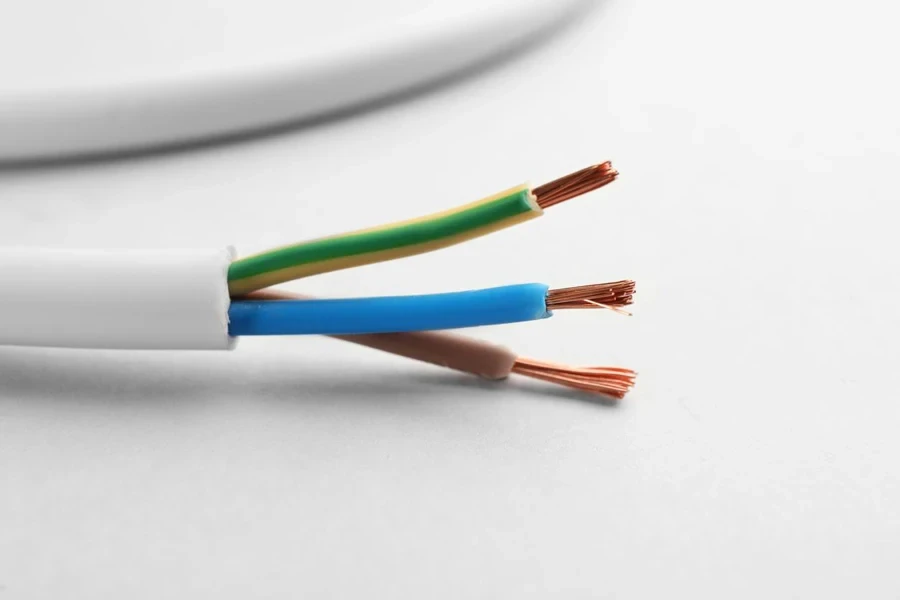
The market is segmented into various types such as High Voltage, Medium Voltage, and Low Voltage, catering to diverse applications including Power Plants, Power Transmission Stations, and Railways, among others. The trends shaping the market are influenced by factors like the shift towards USB-C power and the continued use of various legacy connectors. This evolution reflects the industry’s response to changing consumer preferences and technological advancements.
As we look forward to 2024, the power cable market stands at the cusp of significant changes, driven by both technological innovation and external economic factors. The data suggests robust market growth, with companies gearing up to meet the demands of a diverse and evolving market landscape.
2. Things to consider when selecting products
There are several factors that influence our selection of the products. Each of these factors contributes to the overall performance and safety of power cables. Informed selection based on these criteria ensures that power cables meet the specific needs of their application while upholding safety standards.
Conductor material:
The choice between copper and aluminum conductors in power cables is pivotal. Copper is renowned for its superior conductivity, making it ideal for high-current applications. Its efficiency in conducting electricity ensures minimal energy loss, which is crucial in high-demand settings. On the other hand, aluminum, being lighter and more cost-effective, offers practical advantages, especially in situations where weight and budget are significant considerations. However, it’s important to note that aluminum’s conductivity is lesser compared to copper, which might affect its performance in certain high-power applications.
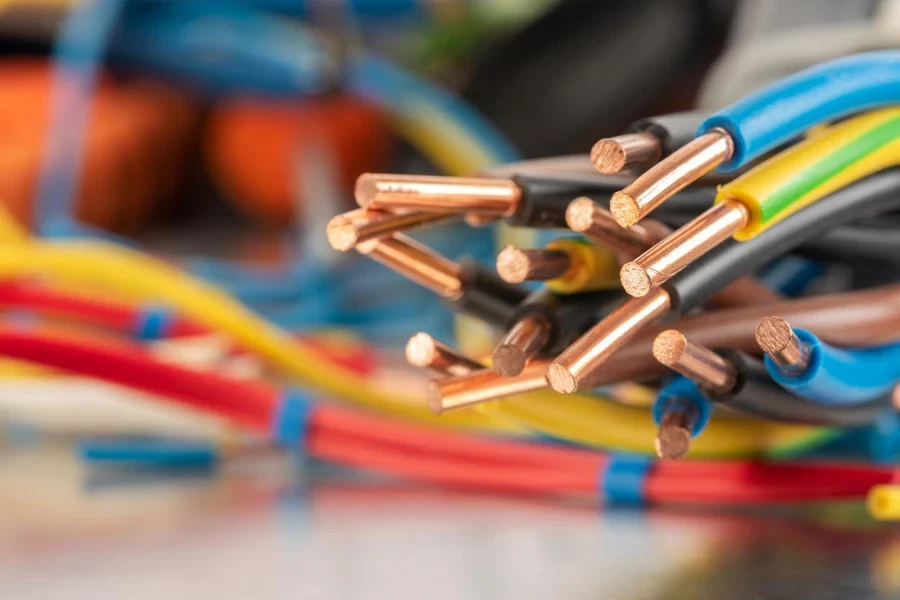
Voltage and Current Ratings:
Matching the voltage and current ratings of a power cable with the requirements of the device it powers is essential for safety and efficiency. Power cables come with specific ratings that determine the maximum voltage and current they can safely handle. Using a cable with incorrect ratings can lead to overheating, electrical fires, or damage to the device. It’s crucial to check the device’s power requirements and choose a cable that meets or exceeds those specifications.
Insulation material:
The insulation material used in power cables plays a critical role in their performance and safety. Common materials include PVC (Polyvinyl Chloride), XLPE (Cross-Linked Polyethylene), and EPR (Ethylene Propylene Rubber). PVC is widely used due to its flexibility, resistance to fire, and affordability. XLPE stands out for its high-temperature resistance and excellent electrical properties, making it suitable for industrial and utility applications. EPR, known for its flexibility and thermal stability, is often used in environments where cable movement and heat resistance are important factors.
Cable sizing and load characteristics:
Proper cable sizing is crucial to ensure efficient power transmission and avoid voltage drop. As highlighted, the size should be determined based on the electrical load characteristics, including the type of load (resistive, inductive, or capacitive) and the magnitude of the load. The environment where the cable will be installed also impacts the choice of size, with factors like ambient temperature and installation methods affecting the cable’s heat dissipation capacity.
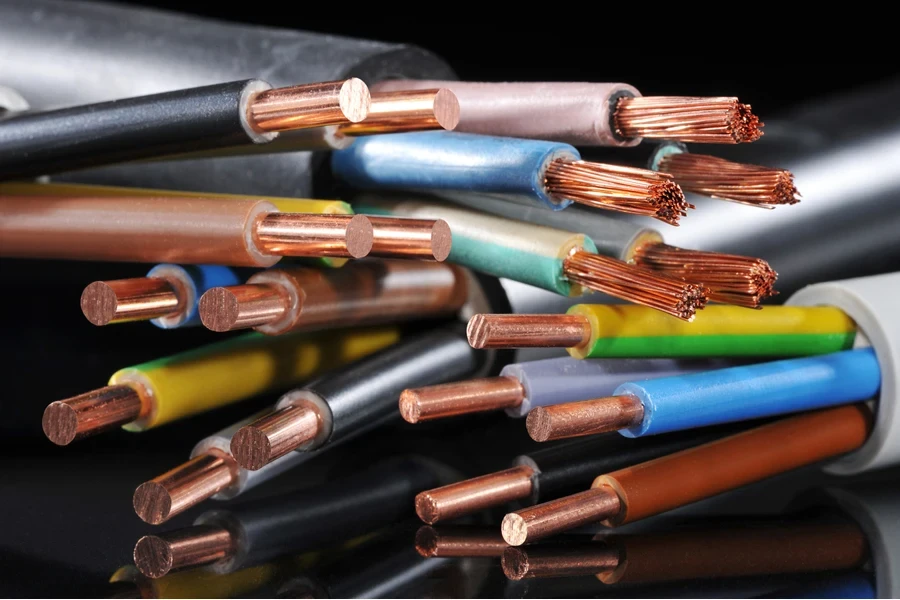
Environmental considerations:
The installation environment significantly impacts power cable performance. Environmental factors such as temperature, humidity, and exposure to chemicals can affect the durability and functionality of power cables. For outdoor applications or environments with fluctuating temperatures, choosing cables with appropriate insulation and protective jackets is essential. Cables with all-weather jackets are beneficial for use in colder temperatures as they maintain flexibility and durability under harsh conditions.
3. Best products and their features
Here are some highlighted types in 2024. Each of these product categories addresses specific needs within the power cable market, from basic household requirements to specialized applications in audio systems and challenging environments. Understanding the features and applications of these various types of power cables can guide consumers and professionals in making informed decisions that align with their specific needs and usage scenarios.
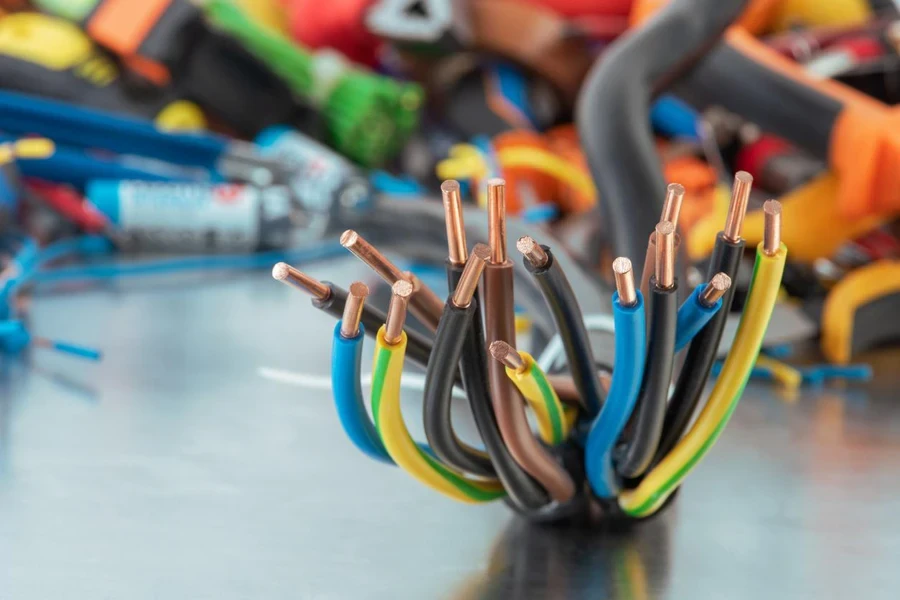
Standard power cords:
Standard power cords like NEMA 1-15 and NEMA 5-15 play a vital role in everyday applications. NEMA 1-15, a two-prong, ungrounded power cord, is commonly used for basic household devices such as lamps and small electronics. Its simplicity and compatibility make it a staple in many homes. However, its ungrounded design means it’s not suitable for high-powered devices. In contrast, the three-prong NEMA 5-15 is grounded and is the standard for larger appliances like computers and kitchen appliances, offering additional safety against electrical faults.
Specialized cables for audio systems:
In the realm of audio systems, the quality of power cables can significantly influence sound quality. Products like the Ansuz Mainz C2 and AudioQuest NRG are celebrated for their ability to enhance audio clarity and reduce noise. The Ansuz Mainz C2, for instance, is known for its sophisticated noise reduction technologies, which are crucial in high-end audio setups. Similarly, the AudioQuest NRG series offers a range of power cables designed to improve the performance of audio equipment by ensuring a clean and stable power supply.
All-weather and flexible cables:
For environments exposed to harsh weather conditions or extreme temperatures, all-weather and flexible cables are essential. These cables are designed to withstand environmental stressors like cold, heat, and moisture. Cables with all-weather jackets, such as those adhering to the SJEOW standard, remain flexible and durable even in cold temperatures, making them ideal for outdoor or industrial use.

Advanced grounding systems:
Advanced grounding systems like the Atlas Cables Grun Earthing System play a crucial role in enhancing the performance of electronic equipment by reducing grounding noise and electrical interference. This system works by grounding every connection in the audio system, effectively lowering the noise floor and reducing RF interference. Such grounding solutions are vital in professional audio and high-fidelity systems where maintaining the integrity of the audio signal is paramount.
Conclusion
In 2024, the intricacies of selecting the right power cables cannot be overstated. As we navigate a landscape brimming with technological advancements, making informed choices in power cable selection emerges as a critical determinant of safety, efficiency, and performance. Understanding the nuances of conductor materials, voltage and current ratings, insulation types, and environmental considerations is not just a matter of technical compliance but a stride toward enhancing the longevity and reliability of our electronic ecosystems. As the power cable market continues to evolve, driven by both innovation and external economic factors, staying updated with the latest products and their features becomes essential. Whether it’s for general use, specialized applications, or demanding environmental conditions, the right power cable choice in 2024 is a testament to our commitment to a safer and more efficient electronic future.




